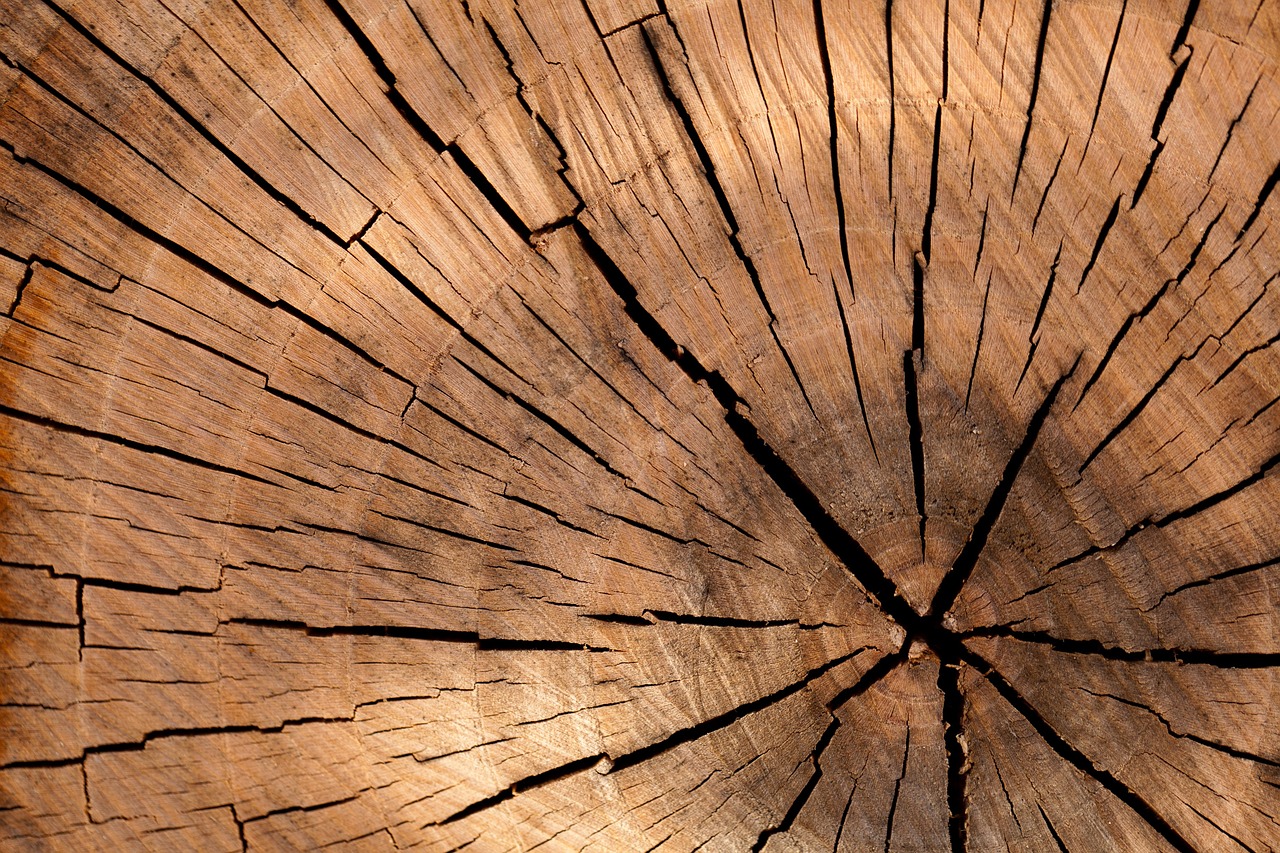Tree growth rate charts are essential tools for selecting popular tree species based on their growth speed. Such charts provide valuable insights into how quickly different trees can reach maturity, helping homeowners and landscapers make informed decisions.
Understanding Tree Growth Rates
When choosing trees for landscaping or forestry, understanding their growth rates is crucial. Different species exhibit varying growth patterns, influenced by factors such as climate, soil conditions, and care practices. Tree growth rate refers to how quickly a tree increases in height and trunk diameter over a specific period. These rates are typically measured in inches per year.

Growth rates can be classified into three main categories: slow, moderate, and fast. Slow-growing trees might take many years to reach their full height, while fast-growing species can provide shade and beauty within just a few seasons. Knowing the growth rate helps in planning space, maintenance, and the overall landscape design.
In addition to aesthetic considerations, tree growth rates impact environmental factors. Fast-growing trees can quickly provide benefits such as shade, windbreaks, and habitat for wildlife. Conversely, slow-growing trees may be more resilient and longer-lived, making them suitable for certain landscapes.
Factors Influencing Tree Growth
Several factors contribute to the growth rate of trees. Understanding these can help in selecting the right tree species for your specific needs.

- Species Type: Some species naturally grow faster than others.
- Soil Quality: Nutrient-rich soil promotes faster growth.
- Water Availability: Adequate water supply is essential for optimal growth.
- Climate: Temperature and sunlight affect photosynthesis and growth rates.
- Pest and Disease Control: Healthy trees grow faster; pests can slow their development.
By understanding these factors, you can select trees that are not only beautiful but also well-suited to your local environment and specific conditions.
Popular Trees and Their Growth Rates
The following table presents a selection of popular tree species along with their average growth rates. This information can be helpful when making choices for landscaping or reforestation projects.
| Tree Species | Average Growth Rate (inches per year) | Height at Maturity (feet) |
|---|---|---|
| Red Maple | 24-36 | 40-60 |
| White Oak | 12-24 | 50-80 |
| Ponderosa Pine | 24-36 | 60-100 |
| Sugar Maple | 12-24 | 60-75 |
| Eastern Red Cedar | 12-24 | 30-40 |
This table highlights just a few of the many trees available for selection. The growth rates listed are averages and can vary based on local conditions. When selecting trees, consider not only their growth rates but also their suitability to your specific climate and soil type.

The Importance of Tree Growth Rate Charts
Tree growth rate charts serve multiple purposes. They help landscapers plan for future maintenance needs and guide homeowners in making informed selections. Additionally, these charts assist in understanding how quickly trees can contribute to environmental benefits like air purification and carbon sequestration.
Furthermore, using growth rate charts allows for better planning regarding spacing between trees. Trees that grow quickly may require more space to avoid overcrowding. Conversely, slower-growing species can be planted closer together without competing excessively for resources.
In conclusion, understanding tree growth rates through detailed charts is vital for successful tree selection. This knowledge helps ensure that the chosen trees will thrive in their environment while meeting the aesthetic and functional goals of the landscape design.
Tree Selection Based on Growth Rate
Selecting the right tree species is essential for landscape design and environmental health. Growth rate is a key factor in this selection process. Different trees grow at different speeds, which can influence their suitability for various settings. Here are several considerations to keep in mind when selecting trees based on their growth rates.

Fast-Growing Trees
Fast-growing trees are popular choices for those looking to establish shade or privacy quickly. These trees typically reach maturity within a few years. However, their rapid growth can sometimes come with trade-offs, such as weaker wood or shorter lifespans.
- Benefits:
- Quick establishment of shade and windbreaks.
- Immediate visual impact in landscaping.
- Potential for faster returns on investment in terms of property value increases.
- Drawbacks:
- May require more frequent maintenance due to weaker branches.
- Higher susceptibility to pests and diseases.
- Shorter lifespan compared to slow-growing species.
Moderate-Growing Trees
Moderate-growing trees strike a balance between fast and slow growers. These trees typically take several years to reach their full height but often combine desirable traits from both categories. They can be a great choice for homeowners looking for longevity without the need for immediate shade.
Examples of moderate-growing trees include:
- Crepe Myrtle
- Red Oak
- Black Cherry
Slow-Growing Trees
Slow-growing trees are often prized for their durability and longevity. While they may take longer to mature, they can be ideal for certain landscapes where stability and resilience are prioritized.
- Benefits:
- More resistant to environmental stressors.
- Tend to have denser wood, making them stronger.
- Less maintenance needed once established.
- Drawbacks:
- Longer wait time to achieve desired height or shade.
- May require strategic planning in landscape design to provide immediate benefits.
Regional Considerations in Tree Growth
The growth rate of trees also significantly depends on the region in which they are planted. Variations in climate, soil types, and local ecosystems can greatly influence how a tree will grow. Here are some regional considerations that can affect tree growth:
Climate Zones
Climate plays a crucial role in determining the growth rate of trees. Different species thrive in different climate zones:
- Tropical: Trees such as Mahogany and Bamboo grow rapidly in warm climates with abundant rainfall.
- Temperate: Species like Maple and Oak flourish in regions with distinct seasons, exhibiting moderate growth rates.
- Arid: In dry climates, trees like Mesquite may grow slowly due to limited water availability.
Soil Quality
The quality of the soil where a tree is planted significantly affects its growth rate. Healthy, nutrient-rich soil promotes faster growth, while poor soil conditions can stunt development. Key soil aspects include:
- Nutrient Content: Essential nutrients like nitrogen, phosphorus, and potassium contribute to tree health and growth.
- Drainage: Well-draining soils allow roots to access oxygen and water more effectively, enhancing growth rates.
- pH Levels: Most trees prefer slightly acidic to neutral pH levels for optimal nutrient absorption.
The Role of Maintenance in Tree Growth
The growth of trees is not solely dependent on species and environment; proper maintenance practices significantly enhance their growth potential. Homeowners and landscapers should consider the following maintenance strategies:
- Watering: Regular watering, especially during dry spells, helps ensure healthy growth.
- Fertilization: Applying appropriate fertilizers can boost nutrient availability and promote faster growth rates.
- Pest Control: Monitoring for pests and diseases can prevent damage that stunts growth.
By adopting these maintenance practices, individuals can maximize the growth potential of their trees, leading to lush, vibrant landscapes over time.
Tree Growth Rate Comparisons for Popular Species
When selecting trees for landscaping, it is helpful to compare the growth rates of various species. This comparison enables individuals to make informed decisions based on their specific needs, such as space constraints and desired maturity heights. Below, we will examine a few popular tree species, their growth rates, and the ideal conditions for their development.
Common Trees and Their Growth Rates
The following table provides a comparison of several commonly planted tree species along with their average growth rates and preferred growing conditions.
| Tree Species | Average Growth Rate (inches per year) | Preferred Soil Type | Optimal Sunlight |
|---|---|---|---|
| Norway Spruce | 24-36 | Well-drained, loamy soil | Full sun |
| Silver Maple | 24-36 | Moist, well-drained soil | Full sun to partial shade |
| American Sycamore | 24-36 | Rich, moist soil | Full sun |
| Eastern Cottonwood | 36-48 | Wet, well-drained soil | Full sun |
| Dogwood | 12-24 | Loamy, well-drained soil | Partial shade to full sun |
This table highlights how growth rates can vary significantly among different species. Fast-growing trees such as the Eastern Cottonwood can provide immediate benefits, while slower-growing varieties like Dogwood may require more time to establish.
Environmental Impact of Tree Growth Rates
The growth rate of trees directly impacts their environmental benefits. Fast-growing trees can quickly contribute to air quality improvement, carbon sequestration, and habitat creation. Here are several ways tree growth rates influence the environment:
Carbon Sequestration
Trees play a crucial role in capturing carbon dioxide from the atmosphere. Fast-growing trees can absorb more carbon dioxide over a shorter period. This ability helps combat climate change by reducing greenhouse gases. Some of the fastest-growing species for carbon sequestration include:
- Eucalyptus: Known for rapid growth and high carbon uptake.
- Pine Trees: Species like Loblolly Pine are effective carbon sinks.
- Hybrid Poplar: Grows quickly and is often used in reforestation efforts.
Improving Air Quality
Trees improve air quality by filtering pollutants and providing oxygen. Fast-growing species can quickly expand their canopy, enhancing their ability to purify the air. The following factors influence a tree’s effectiveness in improving air quality:
- Leaf Surface Area: More leaves mean greater capacity for photosynthesis and pollutant absorption.
- Tree Height: Taller trees can capture pollutants at higher elevations.
- Diversity of Species: A mix of species can enhance ecosystem resilience and air quality improvements.
The Role of Native Trees in Growth Rates
In many regions, native trees are better adapted to local conditions compared to non-native species. This adaptation often leads to enhanced growth rates and overall health. Here are some advantages of planting native trees:
- Biodiversity Support: Native trees provide habitats for local wildlife, promoting biodiversity.
- Disease Resistance: Native species are often more resistant to local pests and diseases.
- Water Efficiency: Native trees typically require less water, making them ideal for sustainable landscaping.
A few examples of beneficial native trees include:
- Red Maple: Thrives in a variety of soil types and offers vibrant fall color.
- White Oak: A long-lived tree that supports numerous insect species.
- Sugar Maple: Valued for its syrup and beautiful autumn foliage.
Selecting native trees not only enhances local landscapes but also contributes positively to the ecosystem by supporting wildlife and reducing maintenance needs.
Understanding Growth Rate Variability
While tree growth rates provide a general guideline, it is important to recognize that variability exists within species. Factors such as local climate variations, soil conditions, and tree health can significantly influence the actual growth rate of a specific tree. Additionally, individual trees may exhibit different growth patterns even within the same species, depending on their specific environment.
For example, a Red Maple planted in a well-drained, nutrient-rich soil will likely grow faster than one planted in compacted clay. Similarly, a tree that receives adequate sunlight, water, and care will thrive more than one subjected to drought or shading from nearby structures. Understanding these variables can help homeowners and landscapers set realistic expectations for tree growth.
Long-Term Considerations for Tree Growth
When planning for tree selection and landscaping, it’s essential to consider long-term maintenance and environmental impact. Trees are long-lived organisms that can significantly alter landscapes over decades. Here are some long-term considerations to keep in mind:
- Mature Size: Choose trees that will fit comfortably in the space available when they reach maturity. Overcrowding can lead to competition for resources and reduced health.
- Root Structure: Understanding the root system of your chosen species is critical. Some trees have extensive root systems that can disrupt foundations or underground utilities.
- Seasonal Changes: Consider how trees will change with the seasons. Some species offer beautiful blooms in spring, vibrant foliage in autumn, and interesting bark or structure in winter.
Creating Diverse Landscapes
Diversity in tree selection can enhance resilience against pests, diseases, and climate changes. Planting a variety of species can create a more balanced ecosystem. Here are some benefits of diversity:
- Resilience: A mix of species is less vulnerable to specific pests and diseases.
- Aesthetic Appeal: Different trees provide varying colors, textures, and shapes throughout the year.
- Ecosystem Services: Diverse trees provide habitats for different wildlife species, enhancing biodiversity.
When selecting trees, consider incorporating both fast-growing and slow-growing species to achieve a well-rounded landscape. This approach allows for immediate benefits while also investing in long-term sustainability.
Utilizing Technology for Tree Growth Monitoring
Advancements in technology now allow homeowners and landscapers to monitor tree growth effectively. Tools such as growth rate calculators, soil moisture sensors, and mobile applications that track tree health can provide valuable insights. Monitoring growth can help inform decisions about watering, fertilization, and other maintenance practices.
Many universities and agricultural extensions offer resources that can help homeowners understand local conditions better and select appropriate tree species. Engaging with local experts can provide valuable guidance tailored to specific geographic areas.
Conclusion
In summary, understanding tree growth rates is crucial for making informed decisions about popular tree selection. Fast-growing trees can provide immediate shade and beauty, while native and slower-growing species may offer long-term benefits regarding ecosystem health and resilience. By considering factors such as local climate, soil quality, and maintenance practices, individuals can create thriving landscapes that enhance both aesthetic appeal and environmental sustainability.
Utilizing tree growth rate charts allows homeowners and landscapers to plan effectively for the future. With careful selection and proper care, trees can become valuable assets to any property, providing benefits for generations to come.
